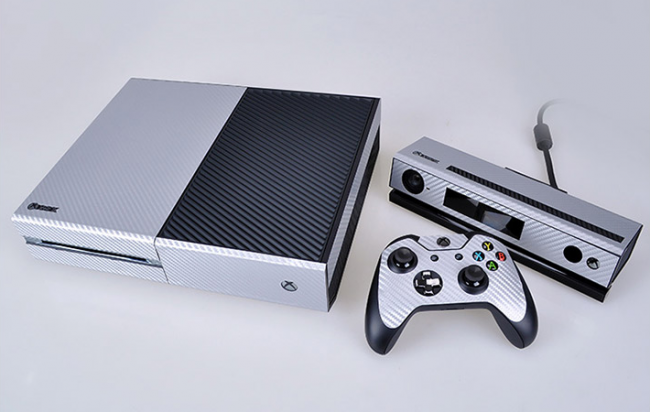Developing apps for the Raspberry Pi that utilize the Xbox 360 Kinect is best accomplished with libfreenect. Libfreenect is an open-source library that provides access to the sensors and motors on the Kinect.
The SDK includes all the APIs, sample codes, device interfaces and drivers one needs in order to build software programs that make use of the Kinect sensor technology. Note: If you failed to run, just try again, the Kinect driver for macOS is not stable. When the Kinect sensor detects your body, the app will start recording, after the Kinect sensor lose your body, the app will stop recording, the BVH files will be saved to './data'. Watermark for word 2010. Enter the Kinect camera's viewport, perform actions, then leave the viewport. This will enumerate the Kinect sensor again and it will pick up the K4W2 SDK driver, and you should be ready to run KinectService.exe again immediately. You can go back and forth between the SDK driver and the libusbK driver very quickly and easily with these steps. Depending on which model you have, the connection methods to your Android smartphone or tablet will be different. Microsoft Xbox 360 Wireless Controller Microsoft Xbox 360 Wired Controller. This page has the download links for each version of the Azure Kinect Sensor SDK. The installer provides all of the needed files to develop for the Azure Kinect. Azure Kinect Sensor SDK contents. Headers and libraries to build an application using the Azure Kinect DK. Redistributable DLLs needed by applications using the Azure Kinect DK.

Raspbian's apt repository has version 0.2 of libfreenect, which is quite old and seems to be missing a lot of the features that the latest code has. I've documented the steps for building the latest LibFreenect source code and dependencies, below (0.5.3 as of this post).
Libfreenect v0.2 seems to have a fairly incomplete set of sample apps (at least compared to version v0.5.3). I'm not sure if this is an indicator that the library itself is missing many of the features, but the samples in v0.5.3 do a far better job of showcasing the capabilities of the Kinect.
I'm using the Raspberry Pi 2B with Raspbian Jessie, but these steps will likely work with other versions.
Step 1: Update Sources
To get started, open a shell in Raspian and update your sources and installed apps:

Kinect Android Driver


Raspbian's apt repository has version 0.2 of libfreenect, which is quite old and seems to be missing a lot of the features that the latest code has. I've documented the steps for building the latest LibFreenect source code and dependencies, below (0.5.3 as of this post).
Libfreenect v0.2 seems to have a fairly incomplete set of sample apps (at least compared to version v0.5.3). I'm not sure if this is an indicator that the library itself is missing many of the features, but the samples in v0.5.3 do a far better job of showcasing the capabilities of the Kinect.
I'm using the Raspberry Pi 2B with Raspbian Jessie, but these steps will likely work with other versions.
Step 1: Update Sources
To get started, open a shell in Raspian and update your sources and installed apps:
Kinect Android Driver
2 | sudo apt-getupgrade |
Step 2: Install prerequisites for libusb and libfreenect
Now make sure you have the necessary core apps and libraries that we'll need to build libfreenect and libusb.
Note, do not install libusb from the apt repository, we will need to build the latest version in the next step.
2 4 6 8 | wget https://github.com/openkinect/libfreenect/archive/v0.5.3.tar.gz cd~/src/libfreenect-0.5.3 cdbuild make |
done
if everything goes well, you should see several sample apps in /usr/local/bin/ (starting with 'freenect-' and 'fakenect-'):
xbox kinect driver windows 10
related
sudo apt-getinstall cmake libudev0 libudev-dev freeglut3 freeglut3-dev libxmu6 libxmu-dev libxi6 libxi-dev |
Step 3: Download and build libusb
Next we will build libusb, which is required by libfreenect. You may want to change the download URL to the latest version. As of this post, v1.0.20 was the latest. You can find the libusb releases here.
